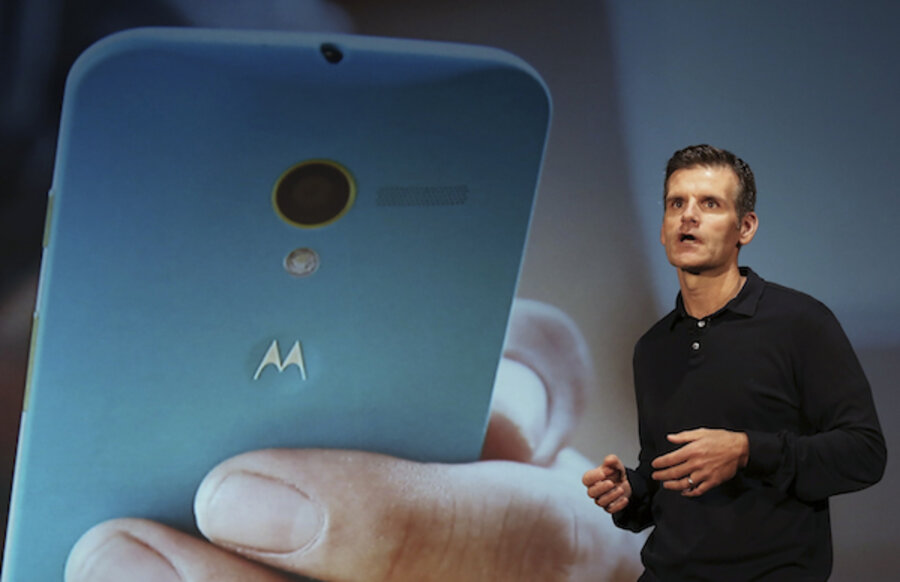Moto G makes a surprise debut in the US
Loading...
Earlier this month, Motorola Mobility unveiled the Moto G, a more-affordable version of the Moto X handset. At the time, Motorola said it planned on releasing the device in 2014 in the States. Clearly, though, the company had second thoughts – today Motorola announced it would begin immediately selling Moto G phones in the US via the company's website.
Two options are available: An 8GB phone for $179 and a 16GB phone for $199. Both ship contract-free and completely unlocked, although as the Associated Press notes, the Moto G runs only on "GSM networks, the type used by AT&T, T-Mobile and most carriers around the world. It won't work with Verizon and Sprint, which have CDMA networks."
So why did Motorola tinker with the schedule? Well, in an interview with CNET, Motorola CEO Dennis Woodside suggested that it had something to do with the website set-up and manufacturing process, which apparently went more smoothly (and quickly) than Motorola had anticipated.
The Moto G, which was already available in some South American and European markets, has received strong marks from critics, who praised the sharp lines, the high-quality screen, and a snappy processor. In a representative review on Engadget, David Rigg suggested that the device would appeal to budget-minded consumers uninterested in the sub-par performance that usually comes with a budget-rate phone.
"Is the G the best phone you can buy? No, it's not," Rigg wrote. "You won't win any National Geographic competitions with the camera, and the amount of on-board storage is a concern when there's no microSD expansion slot. The lack of LTE, too, is sure to put off customers who would've jumped at the handset otherwise. We'll have to wait and see whether any other phone makers can respond to the G and address what's missing, but for now, it stands alone."







